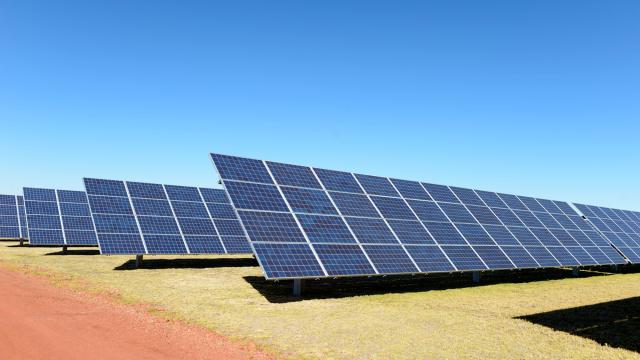The release of a damning report from the Intergovernmental Panel on Climate Change this week predicting unprecedented climate disaster within the next decade was no doubt a sobering reminder of the fragile state of our planet. But new forecasts from the International Energy Agency (IEA) for the future of global renewable energy capacity offers a far more hopeful picture, predicting a massive spike in clean energy over the next five years — if, that is, necessary policy and regulation are acted upon now.
In an October 8 press release on its Renewables 2018 report, the IEA highlighted modern bioenergy — which the International Renewable Energy Agency describes as including liquid biofuels produced from plants, biogas produced by anaerobic digestion, and wood pellet heating systems, which is of particular importance for industries — as having the potential for the greatest growth in renewable resources between now and 2023. The IEA also noted the importance of modern bioenergy in developing “a robust renewable portfolio and ensuring a more secure and sustainable energy system.”
“Modern bioenergy is the overlooked giant of the renewable energy field,” the IEA’s executive director Dr. Fatih Birol said in a statement. “Its share in the world’s total renewables consumption is about 50% today, in other words as much as hydro, wind, solar and all other renewables combined. We expect modern bioenergy will continue to lead the field, and has huge prospects for further growth.”
What’s more, Bloomberg reported Sunday that one forecast scenario from the report could see “as much as an extra 1.3 terawatts of clean energy” being installed by 2023. Part of this predicted renewable energy boom is thanks to solar power, for which the Renewables report states:
Solar PV capacity is forecast to expand by almost 600 GW – more than all other renewable power technologies combined, or as much as twice Japan’s total capacity, reaching 1 terawatt (TW) by the end of the forecast period. Despite recent policy changes, China remains the absolute solar PV leader by far, holding almost 40% of global installed PV capacity in 2023. The United States remains the second-largest growth market for solar PV, followed by India, whose capacity quadruples . [sic]
If all this sounds great, the report does underscore the importance of “appropriate policies and market design” as paramount to the success of continued renewable energy growth. As Birol noted in his statement on the report, “[T]he right policies and rigorous sustainability regulations will be essential to meet its full potential.”
Gizmodo reached out to IEA for comment and will update this report should we hear back.
